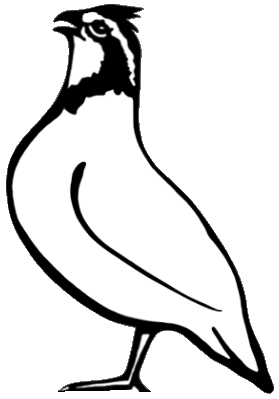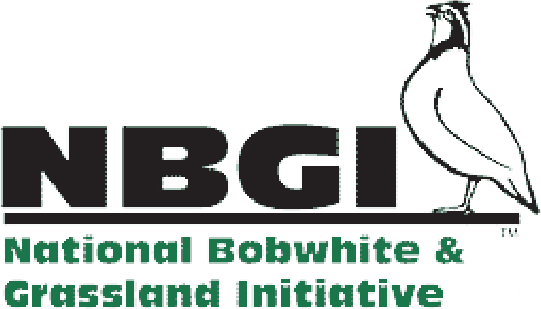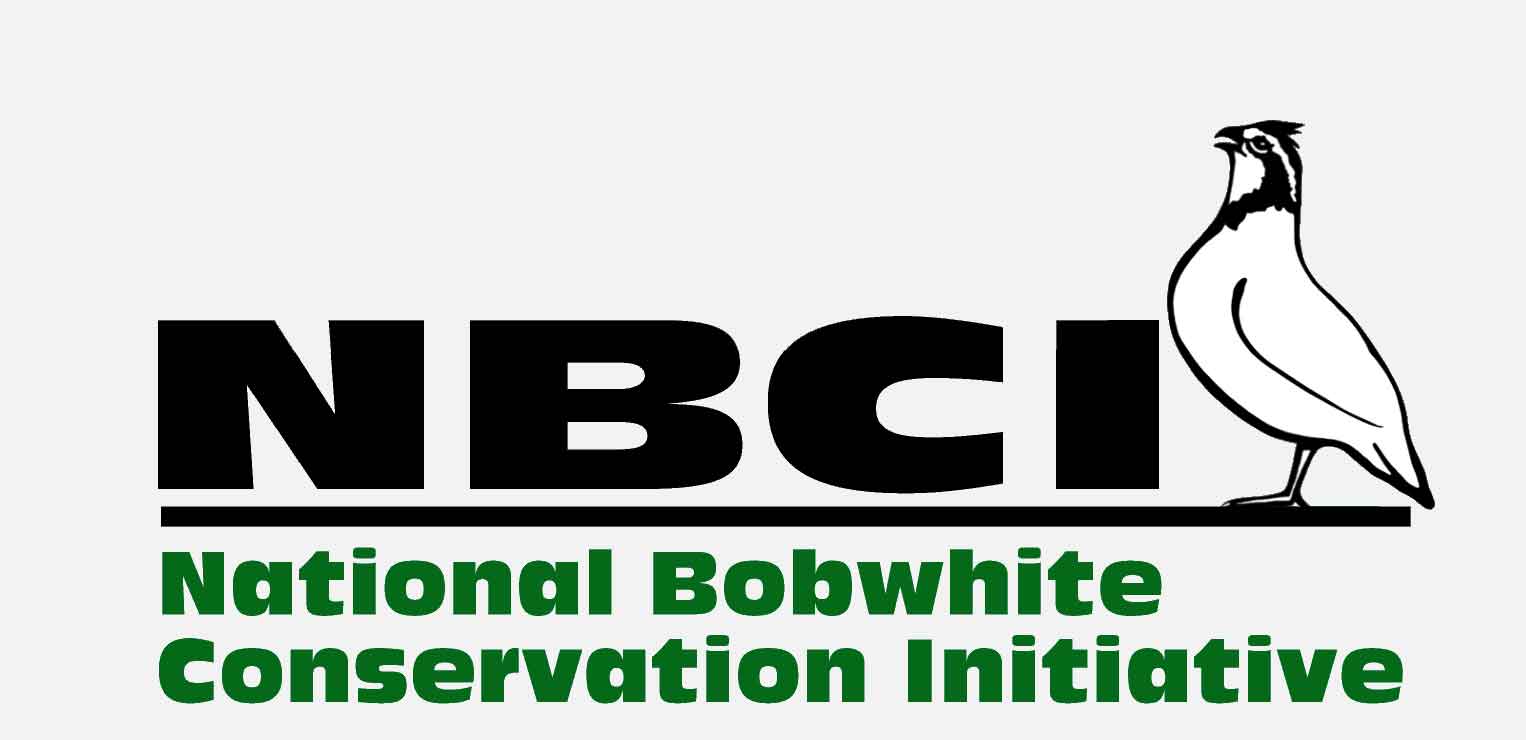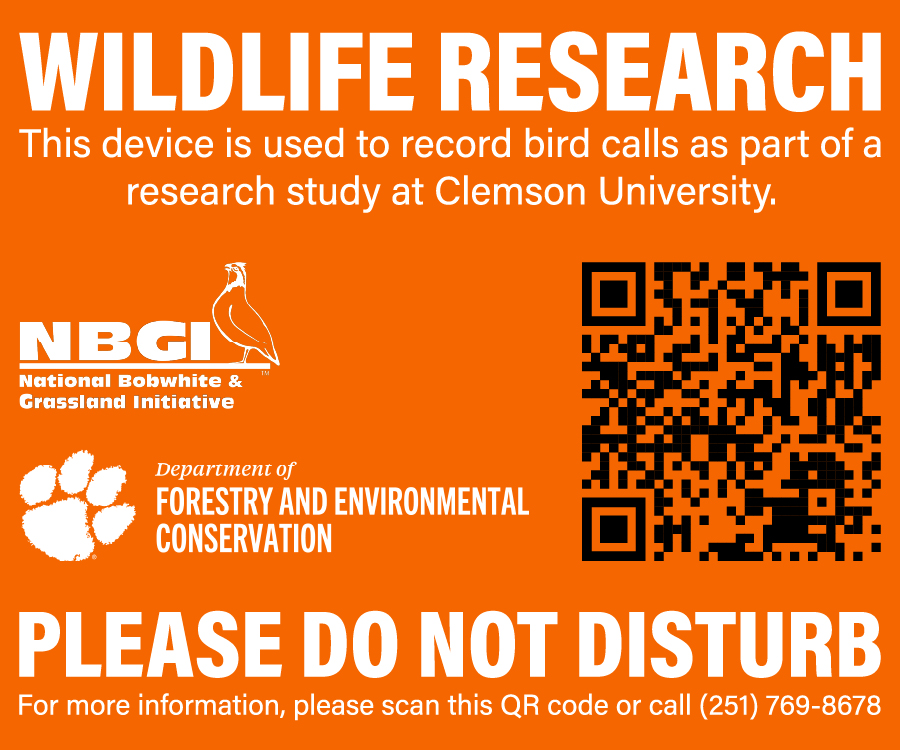
CIP Landscape
The restoration of northern bobwhite, as defined by the National Bobwhite Conservation Initiative, requires the creation and maintenance of grassland and early successional cover on millions of acres of private lands. Since the 1985 Food and Securities Act, billions of public dollars are expended annually for conservation practices with little assessment regarding what drives conservation delivery success, what extent those contracts generate conservation outcomes, and most importantly, how programs change landowner behaviors beyond their contractual lifespan.
The goal of CIP landscape is to create an adaptive framework enabling state wildlife agencies and partners to evaluate conservation programs at landscape scales, so they may learn from current efforts, plan efficient conservation delivery strategies, and implement effective grassland and early successional cover to increase abundance of bobwhite and other grassland and early successional fauna.


.jpg)
.jpg)
